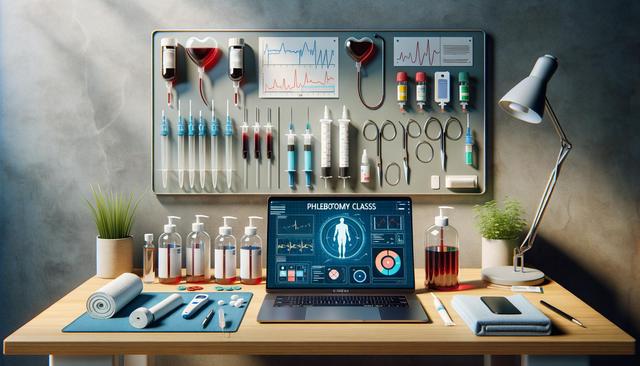Understanding the Role of a Portable Oxygen Analyzer
In many industrial and laboratory environments, monitoring oxygen levels is more than just a routine task—it’s a critical safety measure. A portable oxygen analyzer serves as a compact, mobile solution designed to detect and quantify oxygen concentrations in various settings. These devices are used in applications ranging from chemical processing plants to confined space inspections and cleanrooms. The portability of these analyzers makes them particularly valuable for field technicians and safety inspectors who need reliable, on-the-go data to maintain safe working conditions.
Portable oxygen analyzers are equipped with sensors that can detect fluctuations in oxygen levels, often providing real-time readings. This capability helps prevent dangerous situations like oxygen depletion or enrichment, which could pose risks such as asphyxiation or fire hazards. Many models also come with alarm systems to alert users when oxygen levels fall outside of preset thresholds, enhancing immediate responsiveness during critical operations.
Key Features to Consider When Choosing an Analyzer
When selecting a portable oxygen analyzer for industrial use, several important features should be evaluated to ensure it meets both operational and safety requirements. The right device will depend on the specific environment and regulatory standards in place.
Key criteria to consider include:
- Measurement Range: Ensure the device can detect both low and high oxygen levels as required by the application.
- Sensor Type: Options include electrochemical, zirconia, and paramagnetic sensors, each suited to different conditions.
- Battery Life: Long battery life is essential for uninterrupted monitoring during extended site visits.
- Data Logging: Built-in memory or connectivity for data storage and transfer can support compliance and reporting requirements.
- Durability: Devices should be rugged and weather-resistant for use in challenging environments.
These features contribute to the analyzer’s reliability and ease of use, which are essential in high-stakes industrial settings.
Applications Across Industrial Sectors
Portable oxygen analyzers are utilized in a wide range of sectors, each with its own set of safety standards and monitoring needs. In the oil and gas industry, for example, they are used to detect oxygen levels in storage tanks and pipelines to prevent combustion risks. In pharmaceutical manufacturing, maintaining precise oxygen concentrations is crucial to ensuring product integrity and regulatory compliance.
Other common industrial applications include:
- Confined space entry monitoring
- Combustion efficiency analysis
- Environmental monitoring and emissions testing
- Welding and metal fabrication safety
These use cases demonstrate the analyzer’s versatility and how it contributes to both safety and operational efficiency across industries.
Compliance and Safety Standards
Adhering to safety and regulatory standards is a fundamental requirement in any industrial operation. Portable oxygen analyzers play a vital role in supporting compliance with local and international guidelines, including those set by occupational health and safety administrations. Many industries are required to continuously monitor oxygen levels in confined or hazardous spaces to protect workers and ensure legal compliance.
Modern analyzers often come pre-configured to align with these standards, offering features like automatic calibration reminders, data logging for audit trails, and alarm settings. Choosing a device that meets or exceeds certification requirements—such as ATEX for explosive environments or ISO standards for laboratory use—can simplify the compliance process and reduce risk.
Companies that prioritize safety and regulatory adherence benefit not only from reduced liability but also from improved worker confidence and productivity.
Maintenance and Operational Best Practices
Regular maintenance and proper handling are essential to keeping a portable oxygen analyzer functioning accurately over time. While these devices are designed for durability, they still require routine upkeep to ensure performance does not degrade due to sensor wear or environmental exposure.
Recommended best practices include:
- Routine Calibration: Calibrating the device at regular intervals ensures measurement accuracy and reliability.
- Clean Storage: Store the analyzer in a dry, dust-free environment when not in use.
- Sensor Replacement: Follow manufacturer guidelines for replacing sensors to maintain performance.
- Battery Management: Keep spare batteries or ensure regular charging to avoid downtime in the field.
Training staff on correct usage and maintenance procedures is equally important. A well-maintained analyzer not only extends the device’s lifespan but also supports continuous safety monitoring without interruption.
Conclusion: Choosing the Right Analyzer for Your Needs
For industrial professionals responsible for safety and compliance, selecting the right portable oxygen analyzer is a decision that carries both practical and regulatory implications. By understanding the specific requirements of your environment—whether it’s a confined space, a manufacturing facility, or a laboratory—you can choose a device that offers reliable performance and supports long-term operational goals. Focusing on features like sensor type, measurement range, and regulatory certifications will help ensure that your choice aligns with both safety needs and compliance standards. Investing in a quality analyzer, paired with proper training and maintenance, contributes significantly to a safer and more efficient workplace.




Leave a Reply